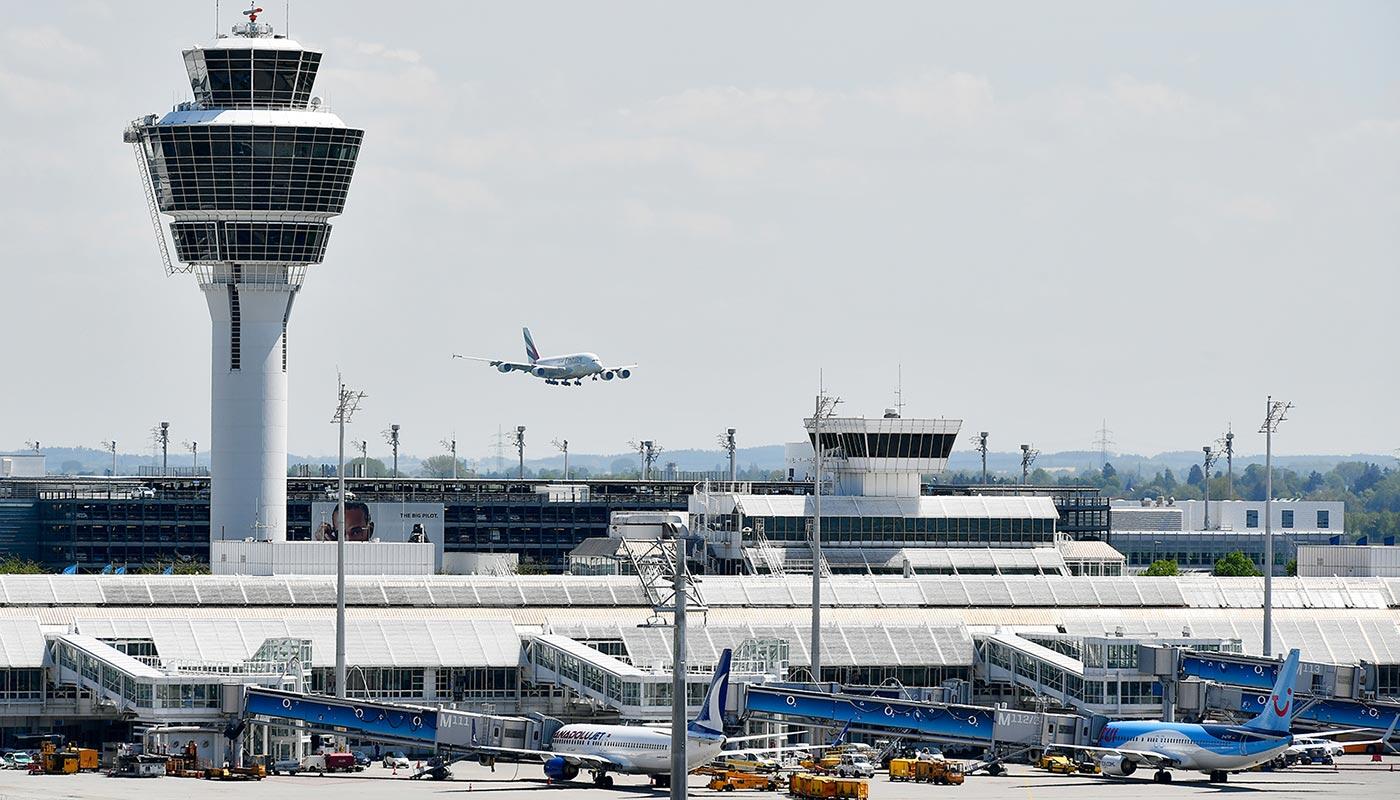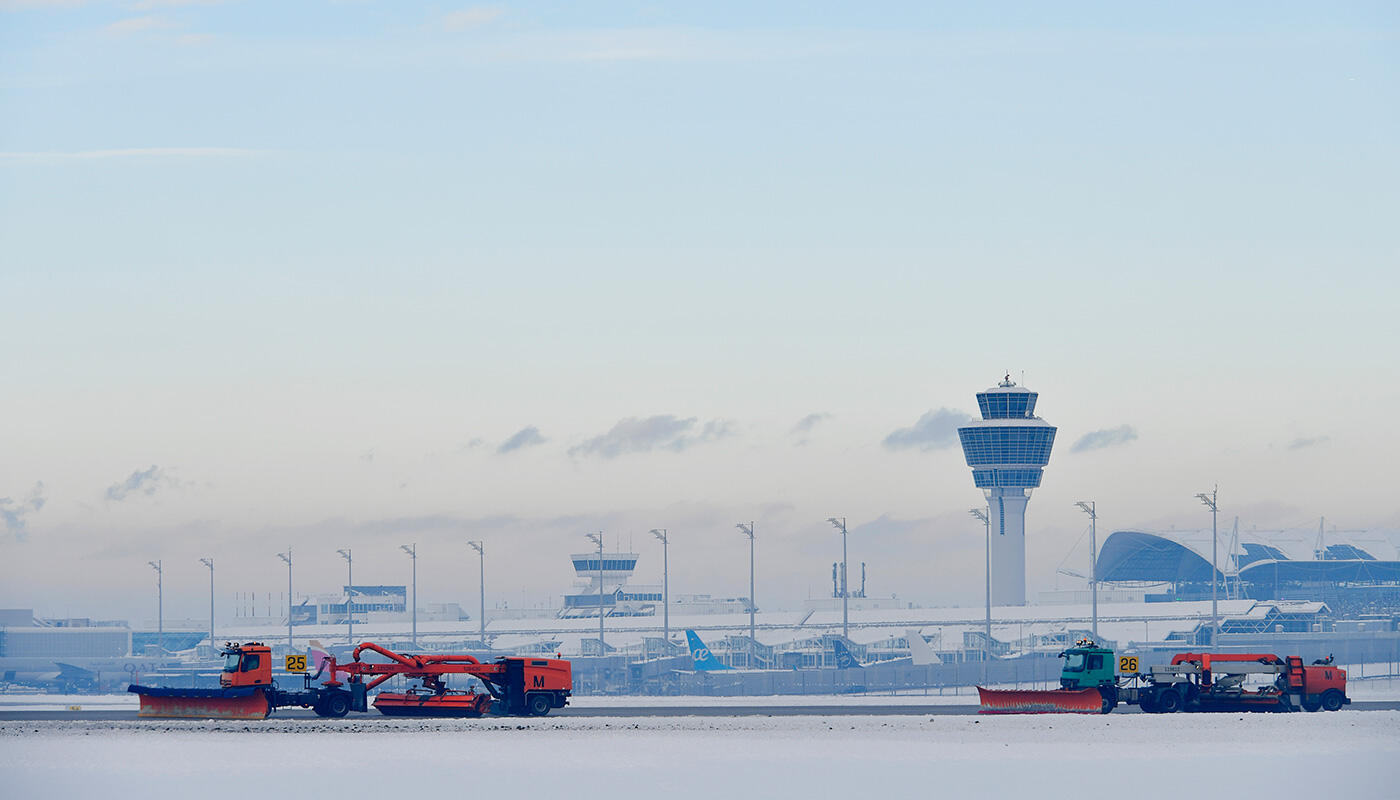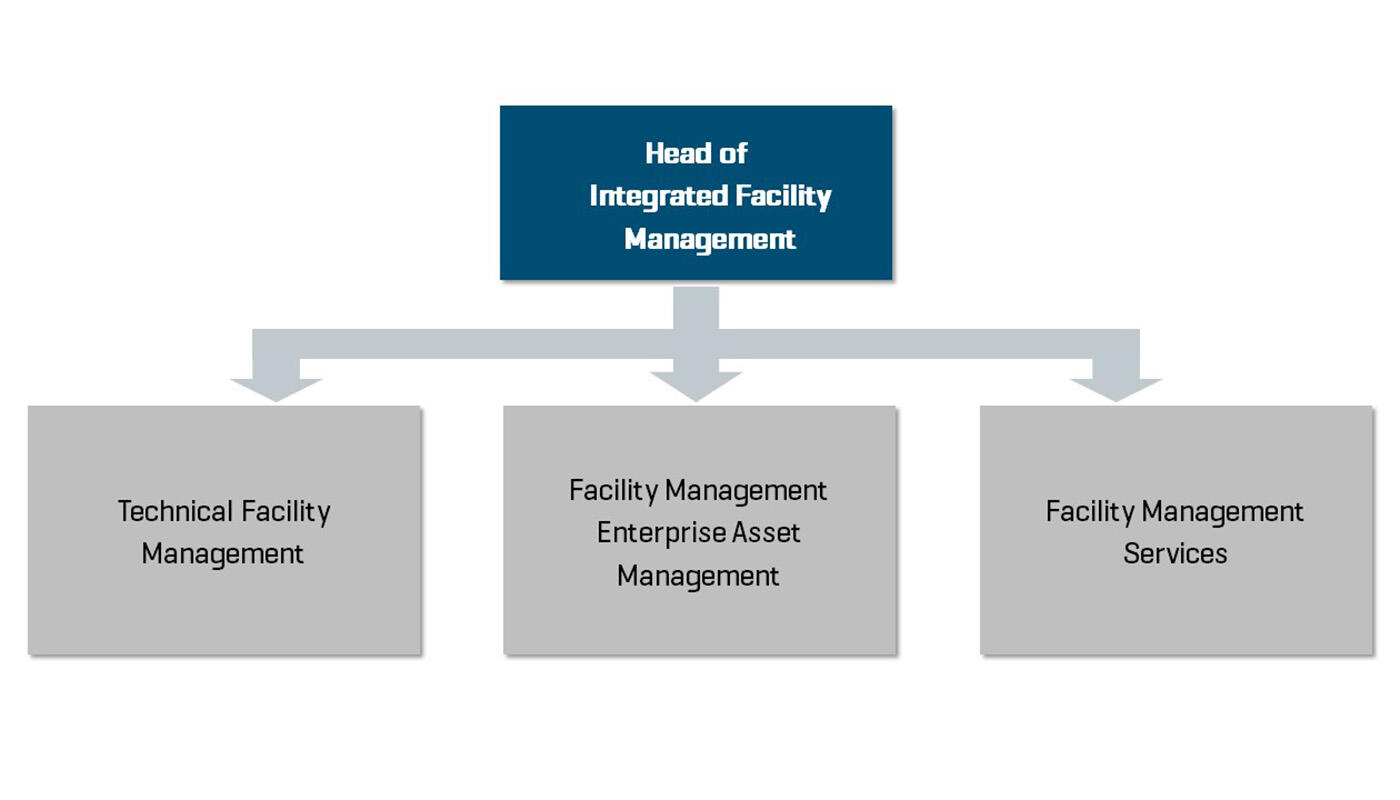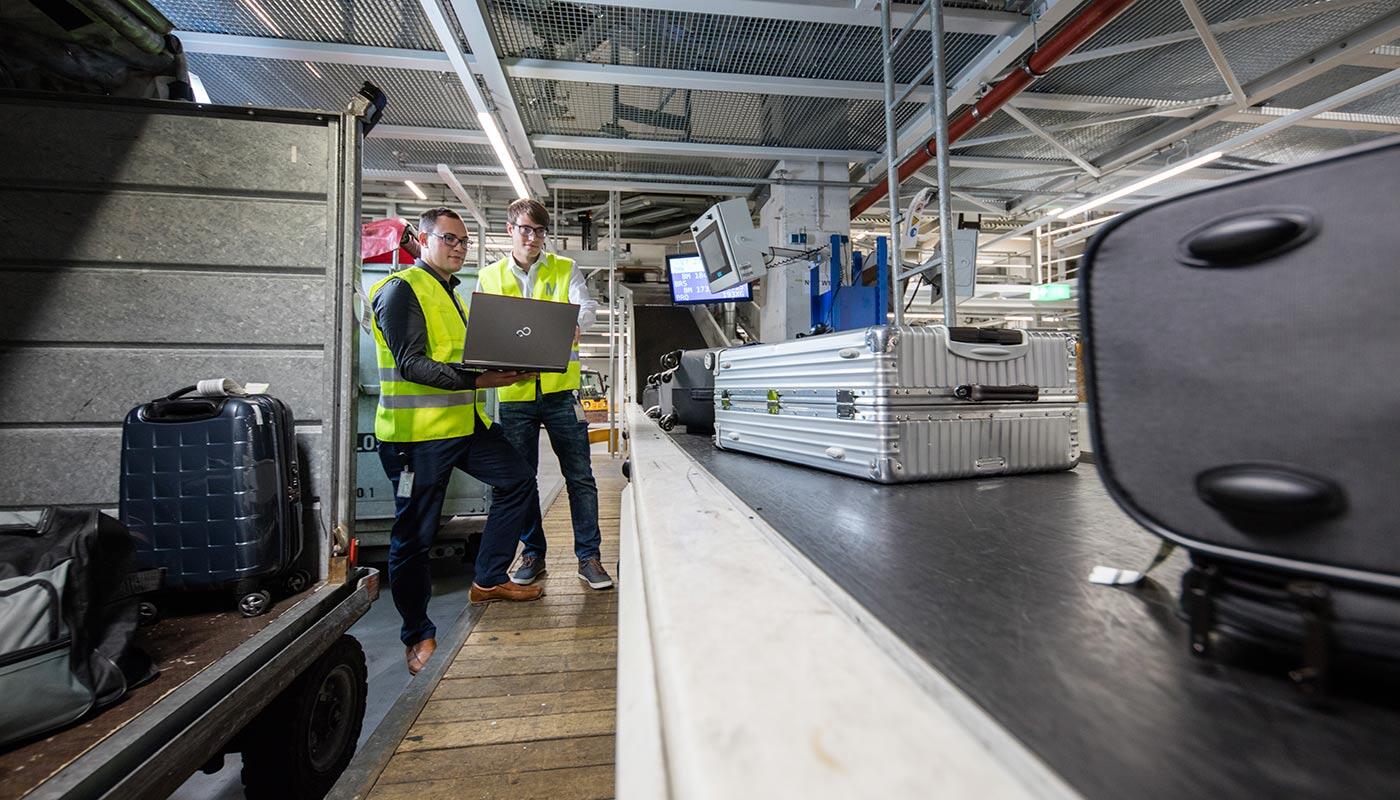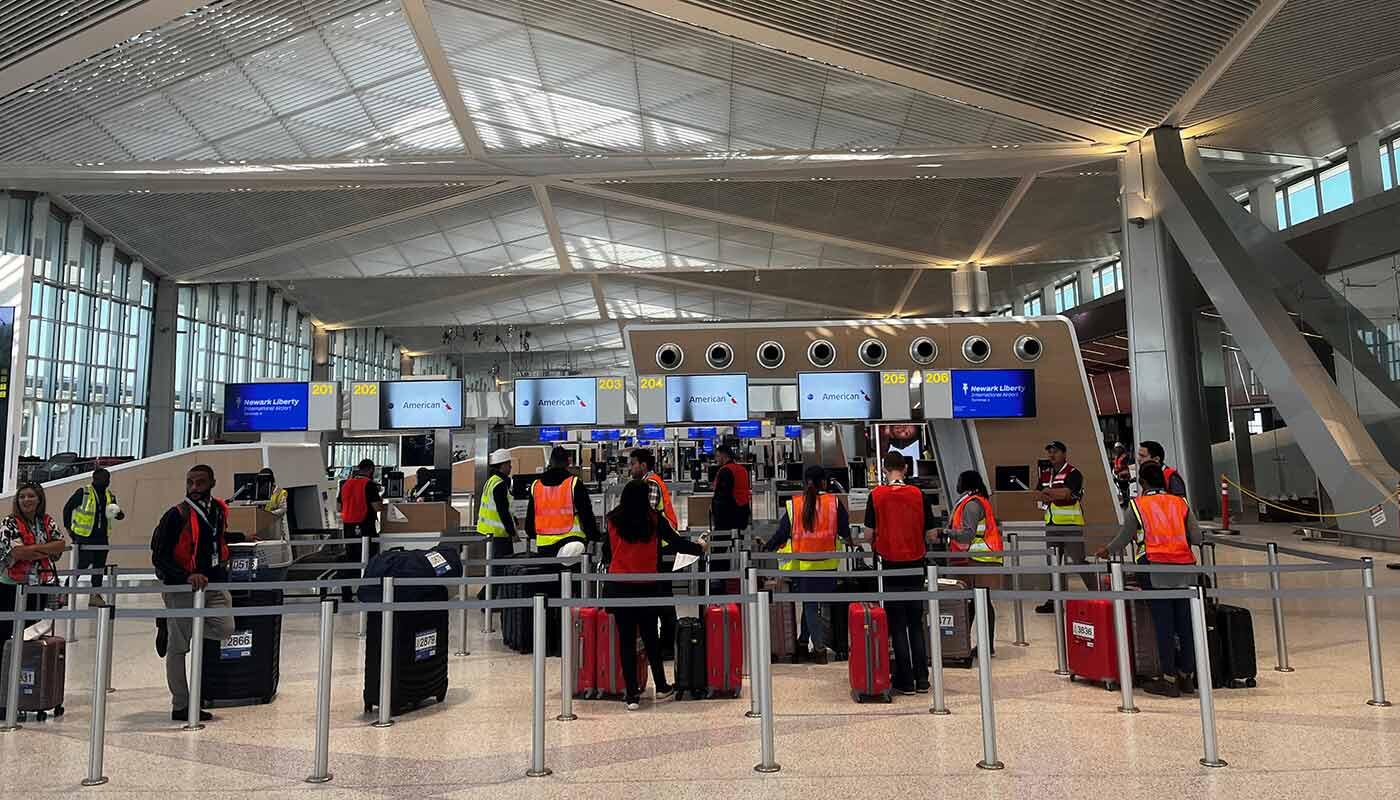The post-COVID Challenges for Airports
Following the global recovery in commercial aviation after the events of Covid-19, airports have sought new methods and strategies to increase the efficiency and performance of their assets and business processes. Staff shortages caused by Covid-19 layoffs, and aviation professionals transferring their skills and experience to new areas outside the aviation sector have diminished the talent pool of skilled workers available to fulfill job positions. The areas that have primarily been affected include baggage handling services, airport operations and facility management. This has increased costs for airport businesses seeking to attract new workers and training existing staff to fulfill these roles. As a result, airports are looking to improve the efficiency and performance of their facility management businesses.
